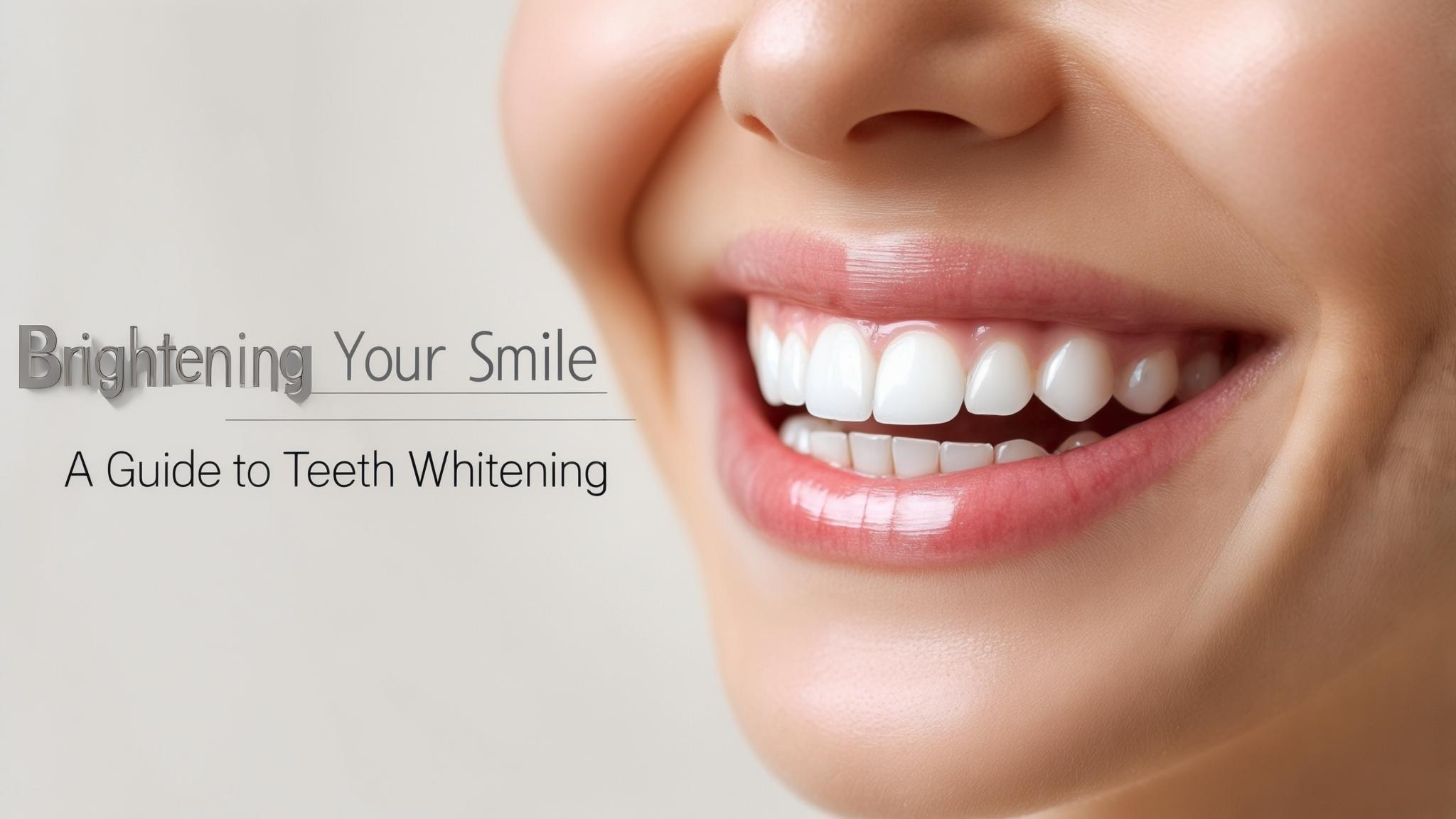Cosmetic Dentistry: A Brighter Smile Awaits
In the world of cosmetic dentistry, enhancing the appearance of your smile is more than just an aesthetic pursuit—it's about boosting confidence and self-esteem. Among the various cosmetic procedures, teeth whitening stands out as one of the most popular choices. Understanding the whitening process can empower you to make informed decisions about your dental health and beauty.
What is Teeth Whitening?
Teeth whitening is a cosmetic procedure aimed at lightening the color of your teeth. It addresses two main types of discoloration: extrinsic and intrinsic.
- Extrinsic stains are surface stains caused by foods, drinks, and lifestyle habits like smoking.
- Intrinsic stains go deeper, often resulting from aging, certain medications, or trauma.
Common culprits for teeth staining include coffee, tea, red wine, and tobacco. Over time, these substances can dull the natural brightness of your smile.
The Importance of Professional Whitening
While over-the-counter kits are available, professional whitening offers distinct advantages. Professional treatments are more effective and safer, as they are supervised by dental experts who tailor the procedure to your needs.
Benefits of professional whitening include:
- Higher concentration of whitening agents for better results
- Supervision by a dentist to ensure safety
- Customization to address specific dental conditions
Common professional methods include in-office bleaching and custom-fitted trays.
The Whitening Process Step-by-Step
Step 1: Initial Consultation
The journey begins with an initial consultation. During this visit, your dentist assesses your dental health and determines if you're a suitable candidate for whitening. You'll discuss your expectations and desired outcomes to ensure the treatment aligns with your goals.
Step 2: Pre-Treatment Preparation
Before whitening, your teeth need a thorough cleaning to remove plaque and debris. This step may involve X-rays or other diagnostics to understand any underlying dental issues. If you have previous dental work, such as crowns or veneers, your dentist will discuss how these might affect the whitening process.
Step 3: Choosing the Whitening Method
There are various whitening techniques available, such as in-office bleaching or custom trays. Your dentist will recommend the best method based on your individual needs and the condition of your teeth.
Step 4: Application of the Whitening Agent
The whitening process involves applying a whitening agent, typically hydrogen peroxide or carbamide peroxide, to your teeth. Protective measures, like gum shields, are used to protect your gums, and sometimes light activation enhances the whitening effect.
Step 5: Monitoring and Adjustments
Throughout the procedure, your dentist monitors the progress and makes adjustments as needed to ensure your comfort and achieve the desired results.
Step 6: Post-Whitening Care
After the treatment, your dentist will provide guidelines for maintaining your new smile. This includes dietary restrictions and oral hygiene tips. Sensitivity is a common side effect, but your dentist can offer solutions to manage it effectively. Follow-up appointments help maintain optimal results.
Expected Results and Longevity
After whitening, you can expect a noticeably brighter smile. Results can be immediate or develop gradually over a few days. The longevity of your results depends on your lifestyle and maintenance habits. Regular dental check-ups and occasional touch-up treatments can help keep your smile bright.
Potential Risks and Considerations
Teeth whitening is generally safe but can have side effects like sensitivity or gum irritation. Certain conditions, such as pregnancy or specific dental issues, may contraindicate whitening. Professional supervision minimizes risks, ensuring a safe and effective experience.
Conclusion
Teeth whitening can transform your smile and boost your confidence. By understanding the process and its benefits, you can make informed choices. Consult with a dental professional to tailor the treatment to your needs and enjoy the positive impact of a brighter smile on your life.
References
For further reading, consider consulting credible sources such as the American Dental Association and peer-reviewed studies on cosmetic dentistry and teeth whitening.

